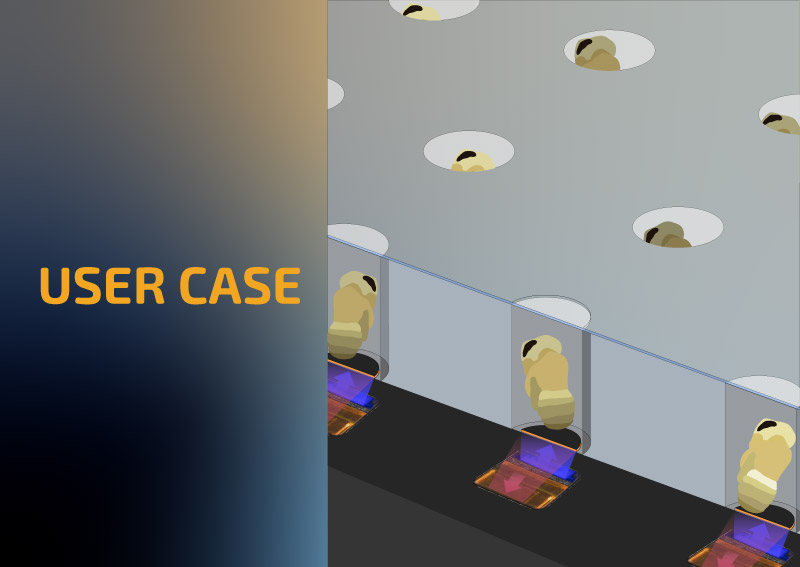USER CASE – Testing microplate system against traditional gas analysis
USER CASE – Testing microplate system against traditional gas analysis
Tue, Jan 23 2024

In a peer-reviewed publication by Earls et al. (2023), a team of researchers from North Dakota State University and USDA compares the Loligo® microplate respirometry system with a traditional gas analyzer setup in a study measuring the metabolism of using alfalfa leafcutting bees (Megachile rotundata) and effects of temperature. The paper can be found here:
Earls, Kayla N; Campbell, Jacob B; Rinehart, Joseph P; Greenlee, Kendra J
- Biol Open (2023) 12 (12): bio060213.
- https://doi.org/10.1242/bio.060213

Daisy-chained microplate reader with glass plate on top.
The Loligo® microplate respirometry system used in this study featured two daisy-chained microplate readers using glass plates with 940 µl wells for simultaneous measurements of up to 48 bees at a time. Both readers were controlled using our MicroResp™ software, which was also used for calculating the V̇O2 slope and to randomly assign bees to the different wells.

A mix of brood cell and pupae M. rotundata in 940 µl wells. Photo by Kayla Earls.
The 48-chamber microplate setup was compared to a traditional closed respirometry setup with manual injections of air samples into a CO2 analyzer (Li-Cor-7000, LI-COR Biosciences, Lincoln, NE, USA) and O2 (Oxzilla FC-2 Differential Oxygen Analyzer, Sable Systems International, Las Vegas, NV, USA) gas analyzer.
The scientists found no significant differences between the V̇O2 data from the two different setups when comparing mass-specific metabolic rate calculations:

Copied from Fig. 1. in the publication.
But the setup comparison shows a significant difference in the time (and resources) spent on collecting the data:
“Pupal bees in the traditional closed respirometry system remained in the [individual] syringes for longer periods (∼9 h) than bees tested in the microplate system (∼3 h) due to the differences in chamber size (3 ml syringes versus 940 µl wells) and detection limits of the oxygen analyzers.”
It is also worth mentioning that a microplate system can analyze up to 240 organisms at a time, while the bees in the traditional closed respirometry had to be analyzed one at a time. In other words, the time spent on collecting data is substantially shorter in the microplate system.
Most impressively, the researchers present a vast dataset on oxygen consumption rates in the leafcutting bees across a large range of temperatures (6 – 48 °C) and developmental stages and between sexes:

Copied from Fig. 2. in the publication.

Copied from Fig. 4. in the publication.
If you are interested in learning more about this project or its team, you are welcome to contact Kayla N. Earls (Kayla.Earls@wsu.edu).
Want to learn more about the microplate respirometry system?